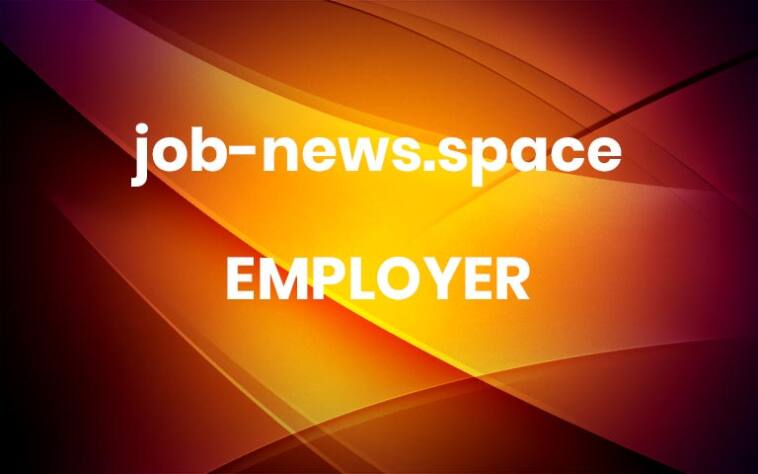Booking.com’s Employer Branding Hacks: Attracting Talent with Wanderlust
Struggle to find that perfect, unicorn candidate? Booking.com feels your pain. Their global platform demands a unique talent pool – imagine needing a UK-based customer service rep fluent in Norwegian! But fear not, fellow recruiters, because Booking.com has cracked the code with their employer branding dream team.
Building the A-Team: Forget scrappy startups with a single intern handling recruitment. Booking.com boasts a 20-person powerhouse tackling employer branding, recruitment marketing, and early careers. This dedicated crew goes beyond posting generic job ads. They dive deep – think extensive employee interviews – to understand what truly makes Booking.com tick. What makes employees excited to wake up and conquer their workday? What unique benefits does Booking.com offer that other companies can’t touch?
The Secret Sauce: Through these employee conversations, Booking.com identified the four pillars of their powerful Employer Value Proposition (EVP):
Belonging: Fostering a welcoming and inclusive culture where everyone feels valued.
Development: Providing continuous learning opportunities to help employees grow their skills and careers.
Discovery: Encouraging a spirit of curiosity and exploration, both within the travel industry and beyond.
Impact: Empowering employees to make a real difference in the travel experience for millions.
It’s More Than a Job, It’s a Journey: Booking.com’s mission statement perfectly captures their essence. They’re not just selling jobs, they’re offering a chance to be part of something bigger, a journey of exploration and discovery. This resonates deeply with travel enthusiasts, the very talent pool they’re looking to attract.
Engaging the Wanderlust Within: But employer branding goes beyond crafting a catchy mission statement. Booking.com understands the importance of employee engagement. Here’s how they turn their workforce into a community of brand advocates:
Fueling the Travel Bug: A dedicated online community allows employees to share travel tips, photos, and stories, fostering a shared passion for exploration.
Employee Advocacy Program: Booking.com empowers employees to become brand ambassadors by providing them with easy-to-share content and encouraging them to spread the word on their social media channels.
Personal Branding Powerhouse: They don’t stop at company branding. Workshops help employees develop strong personal brands online, creating a win-win situation where employees benefit professionally while boosting Booking.com’s employer brand.
Going Global: Booking.com’s world tour interviewing employees around the globe isn’t just another PR stunt. It showcases the diversity and vibrancy of their workforce, further solidifying their employer brand as a global travel adventure.
Measuring Success: It’s Not Just About Vibes: Sure, a happy workforce is great, but Booking.com goes beyond feel-good stories. They track website performance, campaign engagement rates, and hires per event to measure the effectiveness of their employer branding efforts. Additionally, they leverage the Employer Brand Index (EBI) to gain valuable insights into employee sentiment and perception. This data allows them to demonstrate the tangible impact of employer branding to stakeholders across the organization.
The proof is in the pudding, as they say. Booking.com’s dedication to employer branding has earned them the prestigious Great Place to Work certification. They’ve attracted top talent, fostered a passionate workforce, and established themselves as a leader in the travel industry – all thanks to their innovative employer branding strategies.
Ready to Unleash the Wanderlust in Your Employer Branding? Follow Sandra Petschar’s work in employer brand, connect with her on LinkedIn, and learn how to build your own employer branding dream team to attract the best and brightest talent! To embark on your very own employer brand journey at your company, get in touch.
Share this post: More





